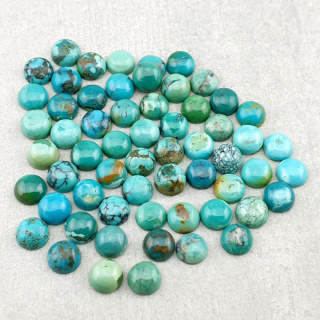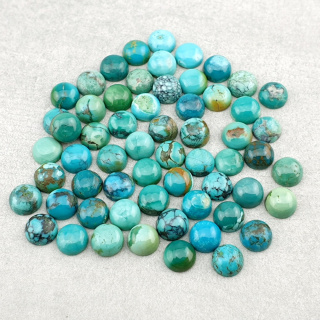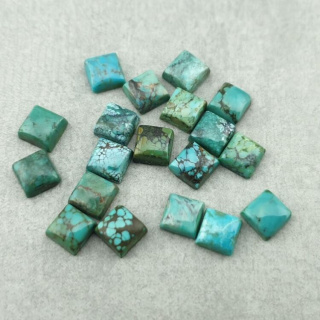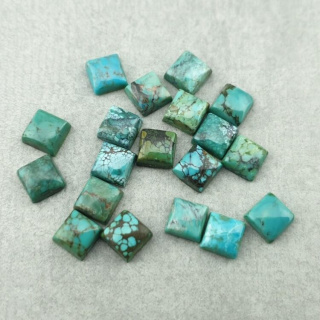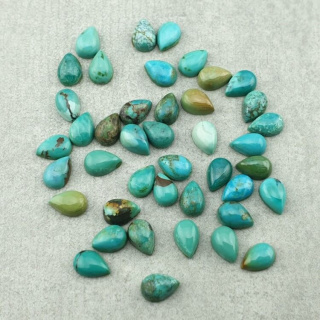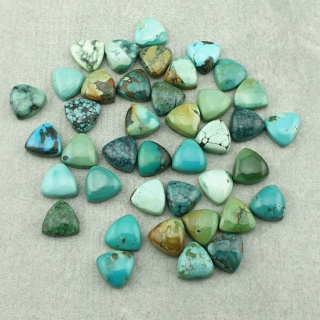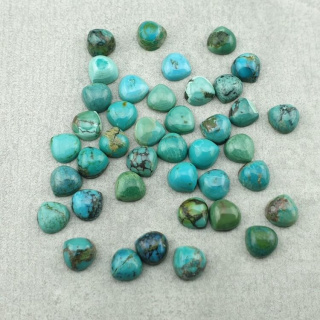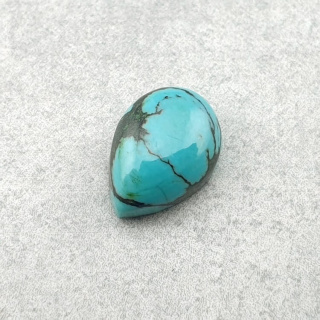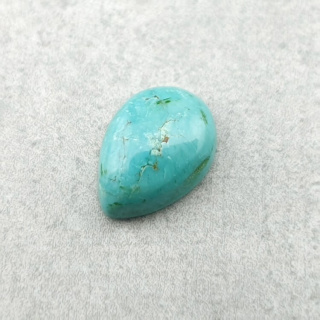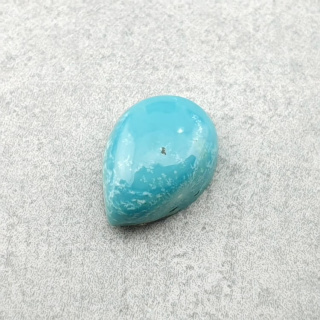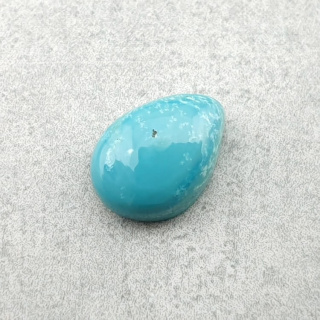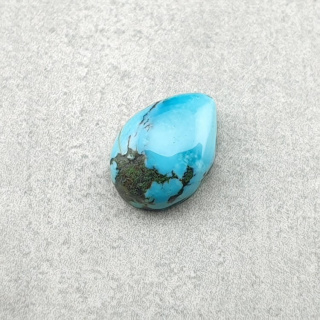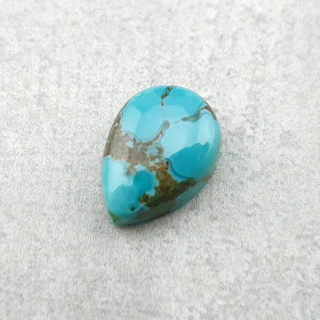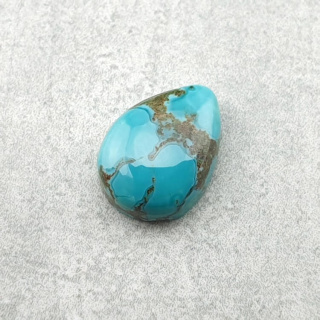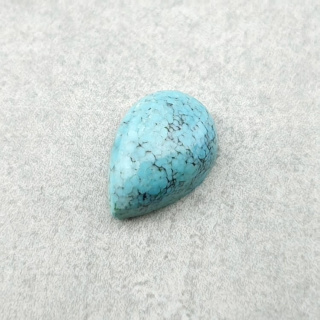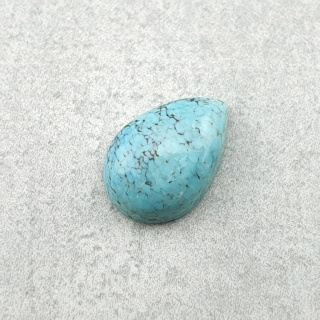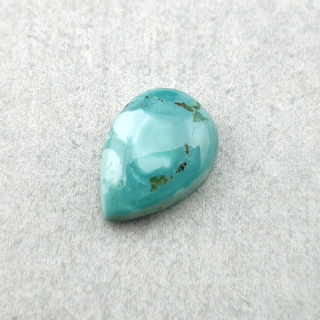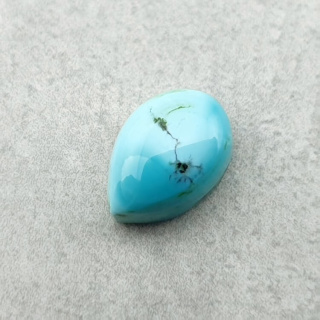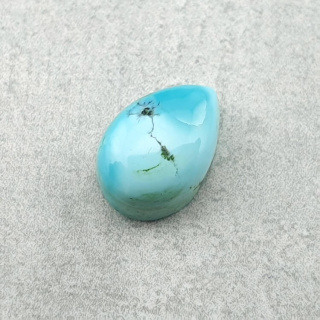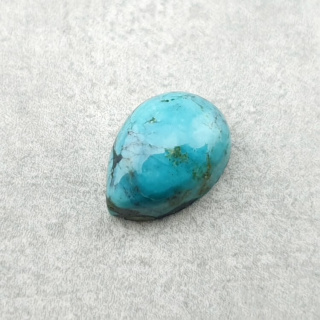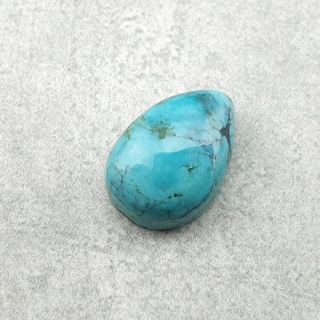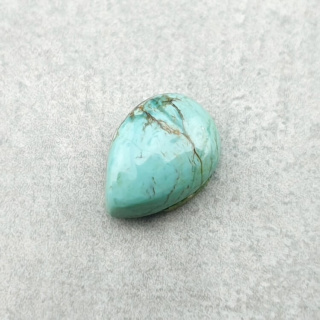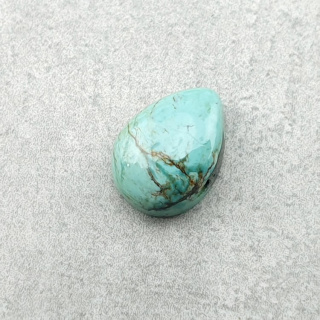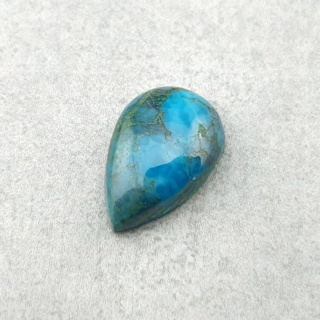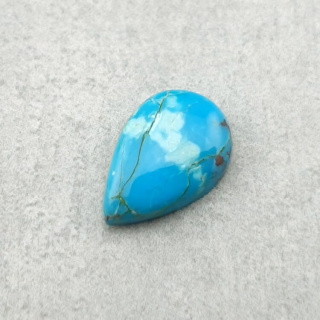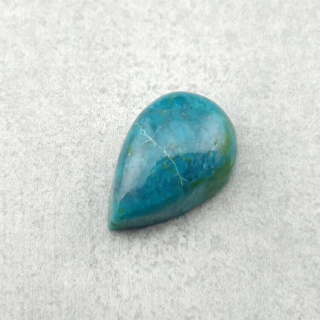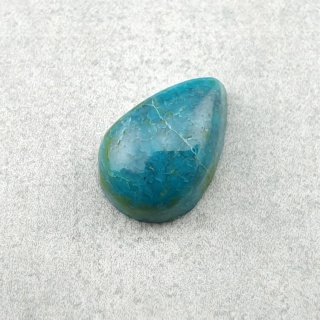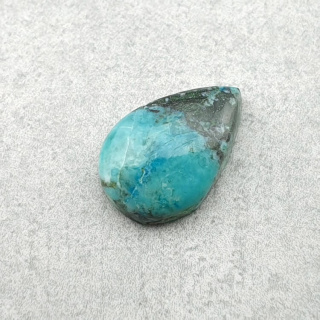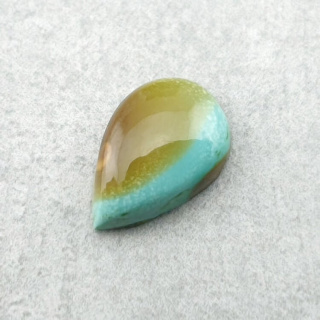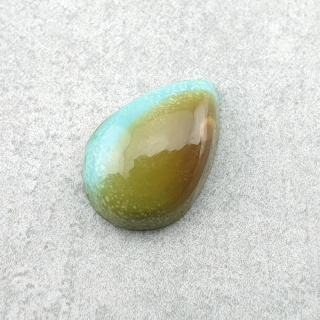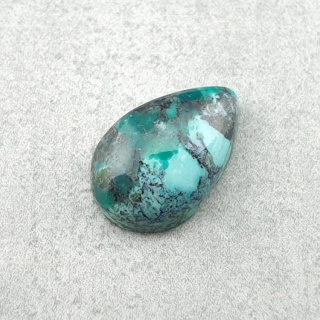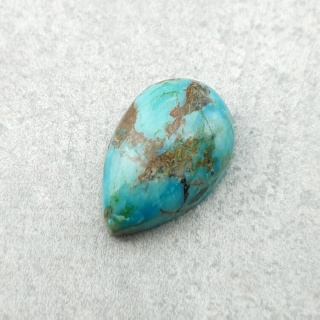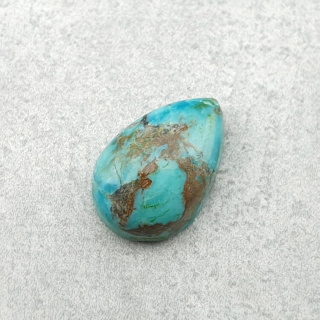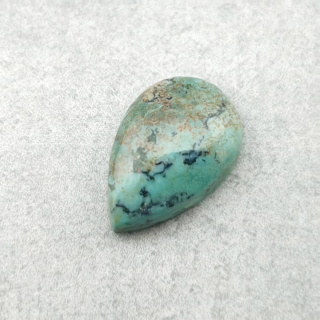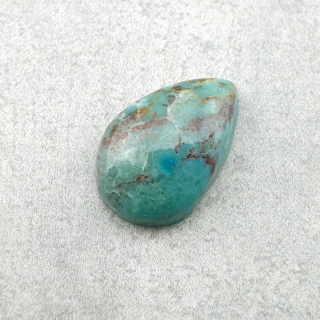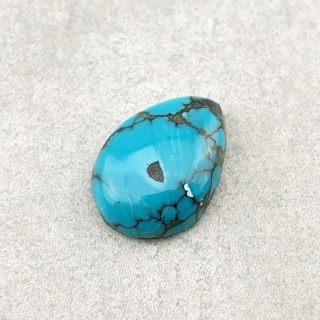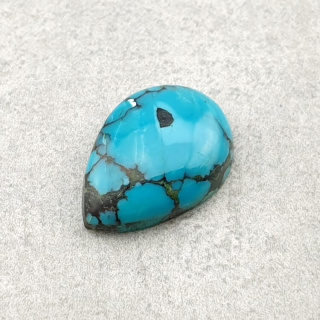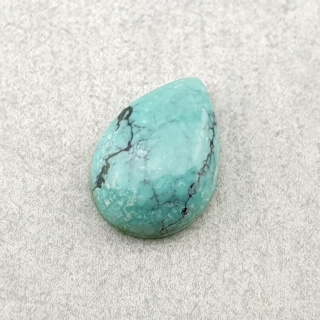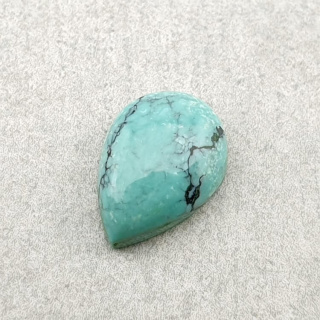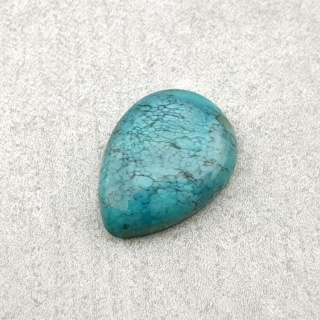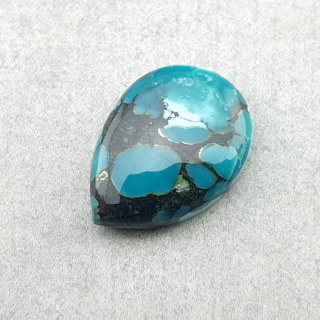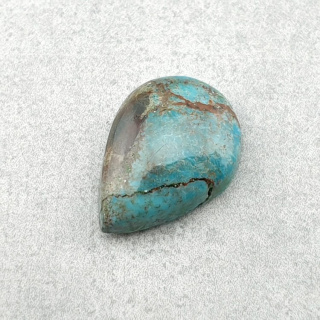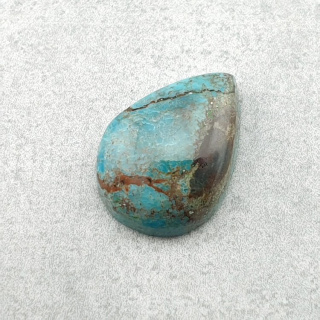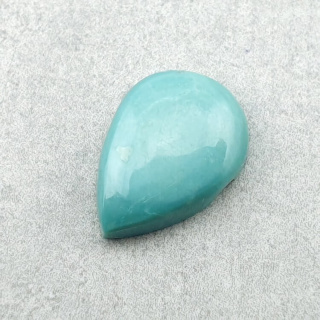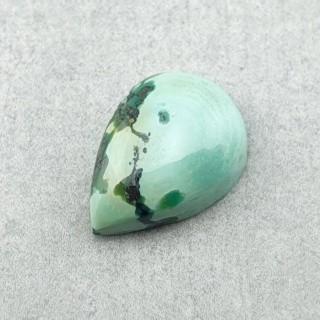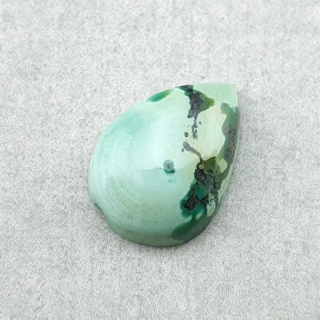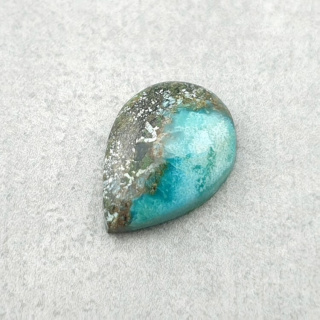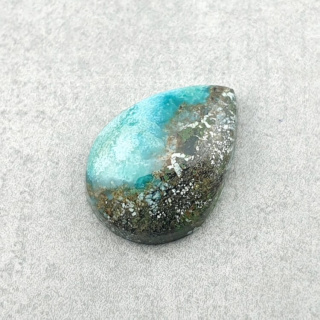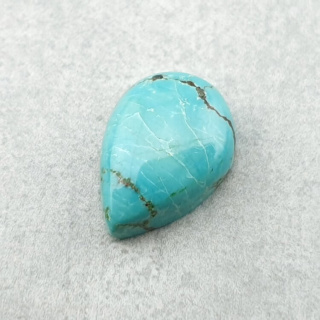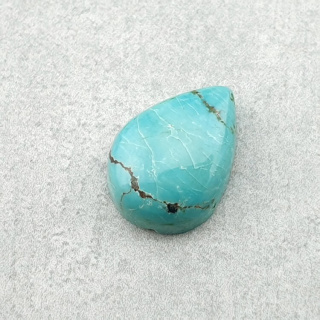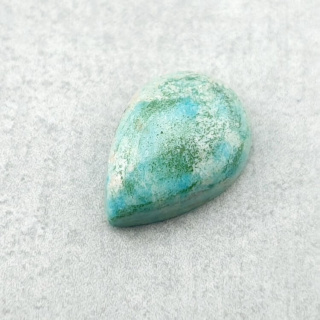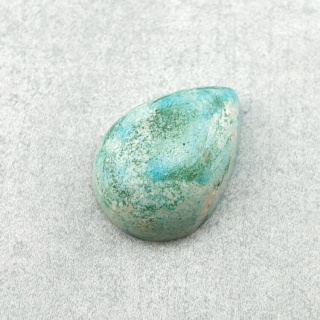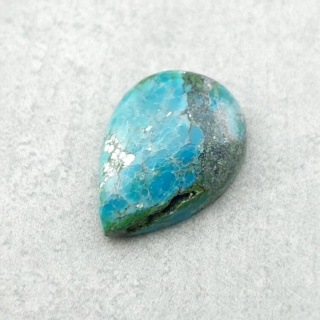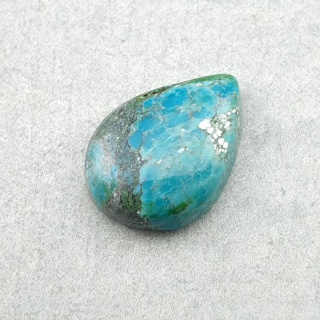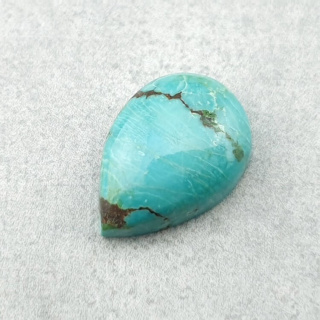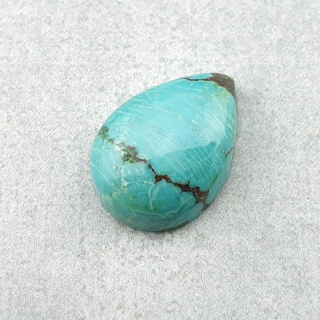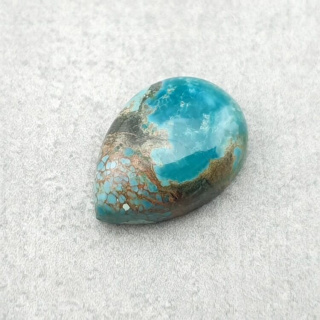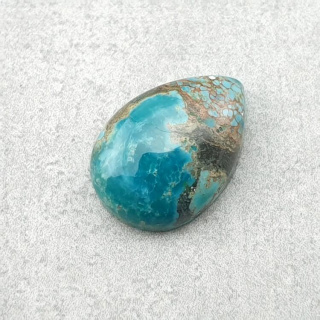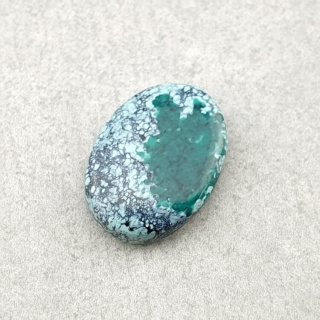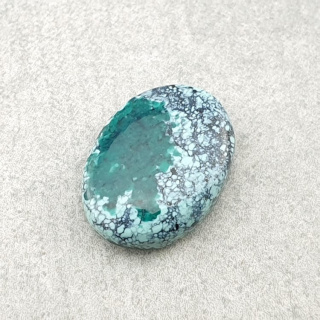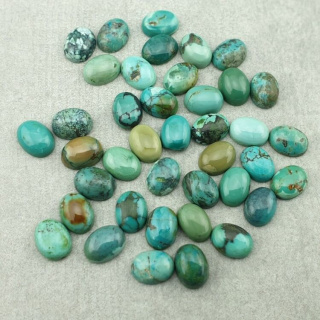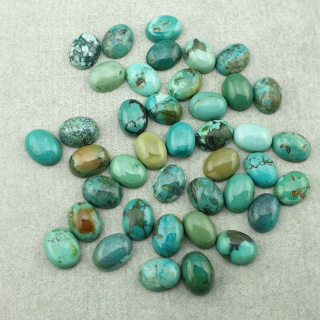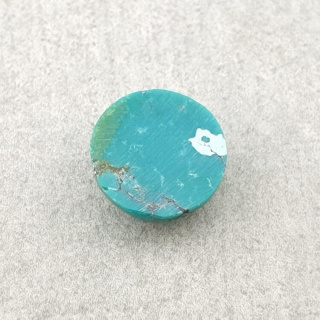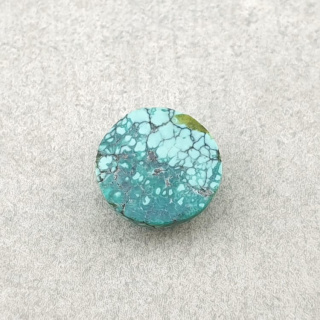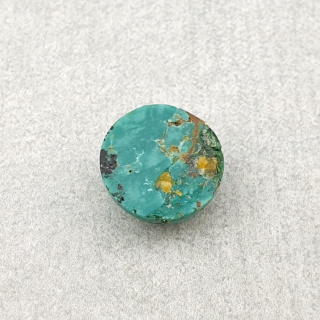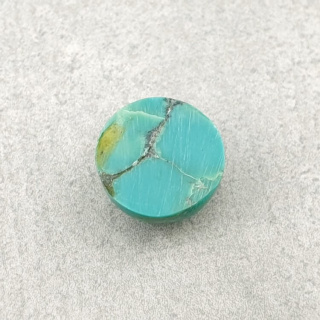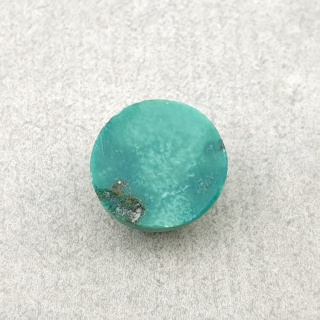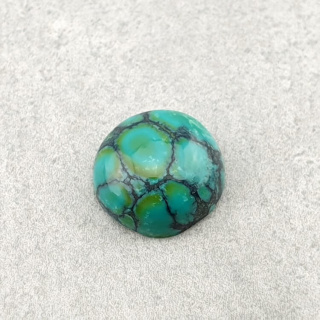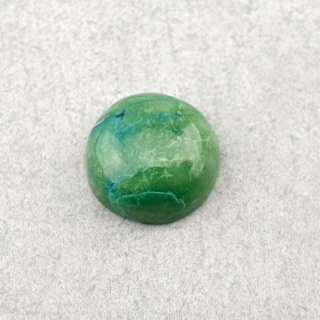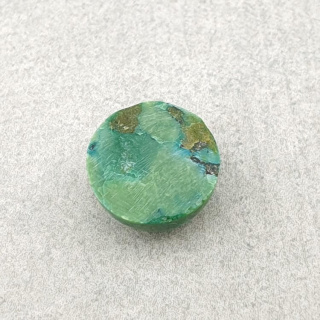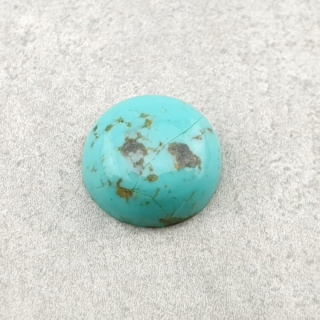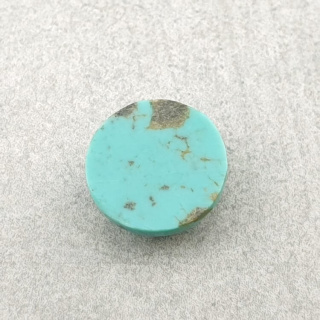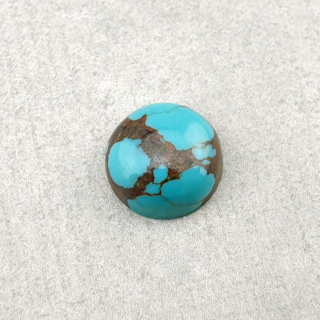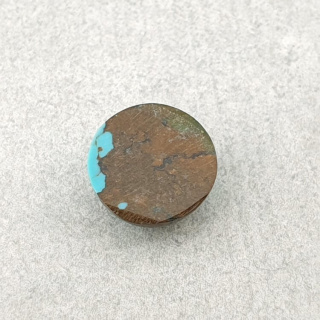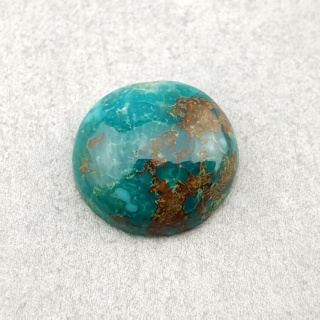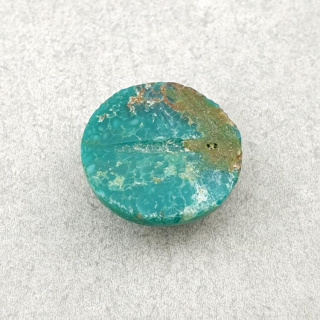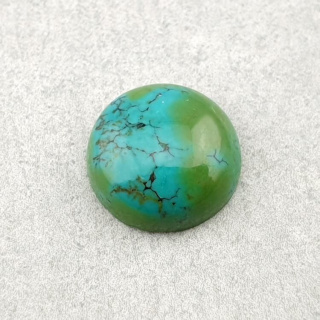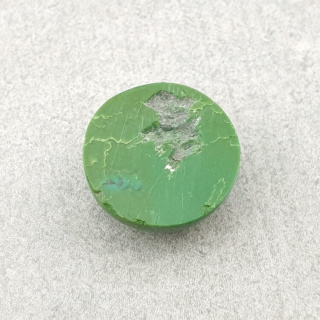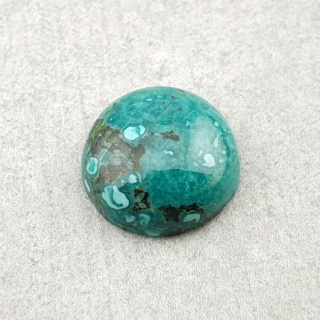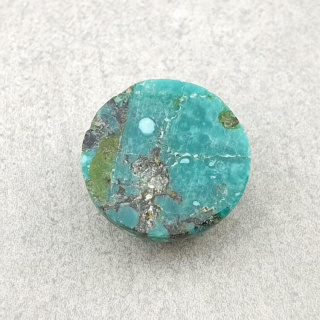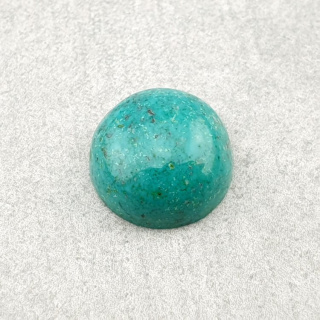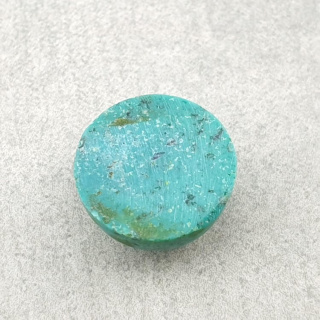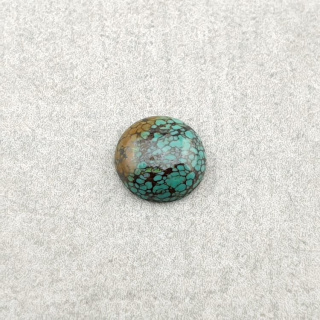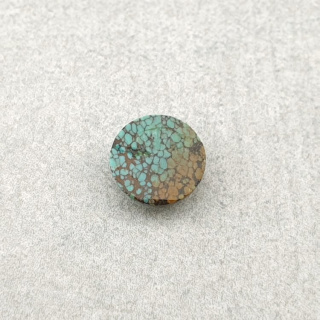Tibetan turquoise: A symbol of culture and beauty – discover the secrets of this precious stone
Number of products : 106What is Tibetan turquoise?
Tibetan Turquoise is a gemstone originating from Tibet and the Himalayan region. This turquoise is valued for its intense blue-green hues and distinctive inclusions, which give it a unique appearance.
Turquoise is a mineral that has great cultural and historical significance in many communities, including among Tibetans. It is often used in the production of traditional jewelry, amulets, and other ornaments. Tibetan turquoise can have symbolic meaning and be treated as a protective stone.
Where does Tibetan turquoise come from?
Tibetan turquoise comes mainly from regions of Asia, including Tibet and neighboring areas of the Himalayas. Tibet is known for its deposits of turquoise, as well as other minerals, including tourmaline and quartz. Turquoise deposits are also found in other Asian countries, such as China, India, Nepal, and Pakistan.
It is worth noting that the name “Tibetan turquoise” does not always mean that the stone comes directly from Tibet. The term can be used more generally for turquoise originating from the Himalayan region, including various countries in the surrounding mountainous area.
Due to the uniqueness of natural turquoise stones and their significance in local culture, this stone is often used in traditional Tibetan jewelry and crafts, making it an important element for both the inhabitants of this region and gemstone enthusiasts around the world.
What is the cultural and symbolic history of turquoise in Tibet?
Turquoise has a long and rich cultural history in Tibet, where it is valued both for its beautiful color and for its symbolic meaning. Here are some aspects related to the cultural and symbolic history of turquoise in Tibet:
- Amulets and protection: In Tibetan tradition, natural turquoise stone is considered a protective amulet. It is believed to have the ability to protect against negative influences, illness, and misfortune. People wear turquoise jewelry as a form of talisman, hoping for protection from danger.
- Spiritual and mystical meaning: In Buddhism, which has deep roots in Tibetan culture, the symbolism of turquoise is particularly associated with spiritual practices. It is believed that this stone can aid meditation and help achieve spiritual balance.
- Social status: In traditional Tibetan society, wearing turquoise could also signal high social status. Turquoise jewelry was often worn by aristocrats and religious leaders.
- Silk and turquoise trade: In Tibetan history, genuine turquoise was one of the commodities traded along the Silk Road. It was traded between Tibet, India, China, and Central Asian countries.
- Artistic craftsmanship: Tibetan artistic craftsmanship, especially jewelry making, is strongly associated with turquoise. Artisans create beautiful works of art using turquoise to decorate necklaces, bracelets, and other ornaments.
Turquoise is a prized natural stone that has played and continues to play an important role in Tibetan culture, both aesthetically and spiritually.
What are the characteristics of natural Tibetan turquoise compared to other varieties?
Tibetan turquoise, like other varieties of turquoise, has its own unique characteristics. Here are a few aspects that may distinguish Tibetan turquoise from other varieties of this stone:
- Color: Tibetan turquoise is known for its intense blue-green hues. This is one of the main features that attracts the attention of lovers of these gemstones.
- Inclusions: Tibetan turquoise often contains distinctive inclusions that give it a unique appearance. These can be dark spots, streaks, or other formations in the stone. These inclusions can be considered elements that add character and personality to the stone.
- Softness and Porosity: Turquoise is a relatively soft mineral compared to some other gemstones. It is also porous, which can affect its durability. For this reason, when processing the stone for jewelry, it may be necessary to use appropriate techniques to maintain its integrity.
- Place of Origin: Although its name suggests that it comes from Tibet, Tibetan turquoise can also come from other areas of the Himalayas, including China, Nepal, India, and Pakistan. Its origin affects its unique properties, and individual mining locations can influence the price and value of the stone.
- Symbolism of turquoise: Tibetan turquoise, due to its association with Tibetan culture, is endowed with additional symbolism and cultural value. This makes the stone even more desirable to collectors and gemstone enthusiasts.
In summary, the characteristics of Tibetan turquoise include its intense color, distinctive inclusions, place of origin, and cultural and symbolic significance, which make it a stone with a unique character.
How is this stone used in traditional Tibetan jewelry and crafts?
Tibetan turquoise plays an important role in traditional Tibetan jewelry and crafts. It is widely used to create ornaments with deep cultural significance. Here are some of the ways in which this stone is traditionally used:
- Necklaces: Tibetan turquoise is often the centerpiece of necklaces. These stones can be used alone or combined with other gemstones, corals, pearls, or silver. These necklaces are often richly decorated and have symbolic meaning.
- Bracelets: Tibetan turquoise stones are also used to make bracelets. Bracelets can take many forms, from simple to more complex, with additional decorative elements such as silver or beads.
- Amulets and talismans: Due to the belief in the protective properties of turquoise, these stones are often incorporated into amulets and talismans. It is believed that wearing such an amulet provides protection against evil spirits, illness, and misfortune.
- Brooches and earrings: Blue-green turquoise can also be used to make brooches and earrings. These accessories are often handmade, and their designs and shapes may reflect traditional Tibetan cultural motifs.
- Religious clothing decorations: Gemstones, including turquoise, are also used to decorate clothing and accessories used in religious practices, especially in Tibetan Buddhism. They can be found on various elements of monks' and priests' attire.
- Artistic crafts: Tibetan artisans also create various works of art, including sculptures, paintings, and everyday objects decorated with real turquoise. These artistic crafts are an important part of Tibet's cultural heritage.
In summary, Tibetan turquoise is an integral part of traditional Tibetan jewelry and crafts, adding its cultural and aesthetic significance to these unique works of art.
Are there any special beliefs associated with Tibetan turquoise?
Yes, Tibetan turquoise is often imbued with special beliefs and significance in Tibetan culture. Below are a few of these beliefs:
- Protection and amulet: One of the main beliefs associated with Tibetan turquoise is that the stone has protective properties. In folk tradition, it is believed that wearing turquoise jewelry can provide protection against evil spirits, illness, and misfortune. It is treated as a kind of amulet that helps protect the wearer.
- Energetic properties: In spiritual traditions, Tibetan turquoise is sometimes considered a stone with strong spiritual energies. It is believed to help achieve energy balance, aid meditation, and develop spiritual aspects of the personality.
- Respect for nature: In Tibetan culture, as in other Buddhist communities, there is a respect for nature and the stones that come from it. Turquoise is considered a beautiful and precious gift from the Earth, which may influence the way it is perceived and used.
- Wealth and social status: In the past, especially among the aristocracy and spiritual leaders, owning turquoise jewelry could signal high social status. Gemstones were treated as symbols of wealth and influence.
- Influence on illness: Some people believe that these prized natural stones have healing properties and can help treat various physical ailments. In the past, they were believed to have the ability to relieve pain and aid in healing processes.
It is worth noting that these beliefs are often deeply rooted in folk culture and tradition, and their interpretation may vary depending on the region and community. Today, some people still treat turquoise with respect as a stone with special spiritual and symbolic properties.
Does Tibetan turquoise have any special healing or spiritual properties according to Tibetan tradition?
In Tibetan tradition, turquoise is often attributed with certain healing and spiritual properties. However, it is important to note that these beliefs are more related to cultural, esoteric, or folk aspects than to a scientific medical approach. Below are some of the beliefs that have been passed down on this subject:
Spiritual properties:
- Protection and luck: It is believed that this blue-green stone can protect the wearer from negative energies, diseases, and misfortunes. It is also often considered a lucky stone.
- Spiritual balance: Some believe that turquoise can help achieve spiritual balance by supporting meditation and spiritual development practices.
Healing properties:
- Improved physical health: In some folk traditions, turquoise is believed to have the ability to improve physical health. It is thought to relieve pain, support the immune system, and benefit overall physical condition.
- Impact on mental health: In some cultures, turquoise is believed to have a positive effect on mental health issues such as stress, depression, and anxiety.
However, it is important to note that these properties are often presented in the context of cultural beliefs and esoteric traditions, rather than being based on scientific evidence. It is always important to maintain a healthy skepticism and remember that the use of gemstones for healing or spiritual purposes should be considered a complement to traditional medical care and spiritual practices, not a substitute. If you are interested in the therapeutic use of gemstones, it is recommended that you consult a professional, such as a holistic or esoteric therapist, who has experience in these areas.
![[{[item.product.name]}]]([{[item.product.photo.url]}] 75w)



